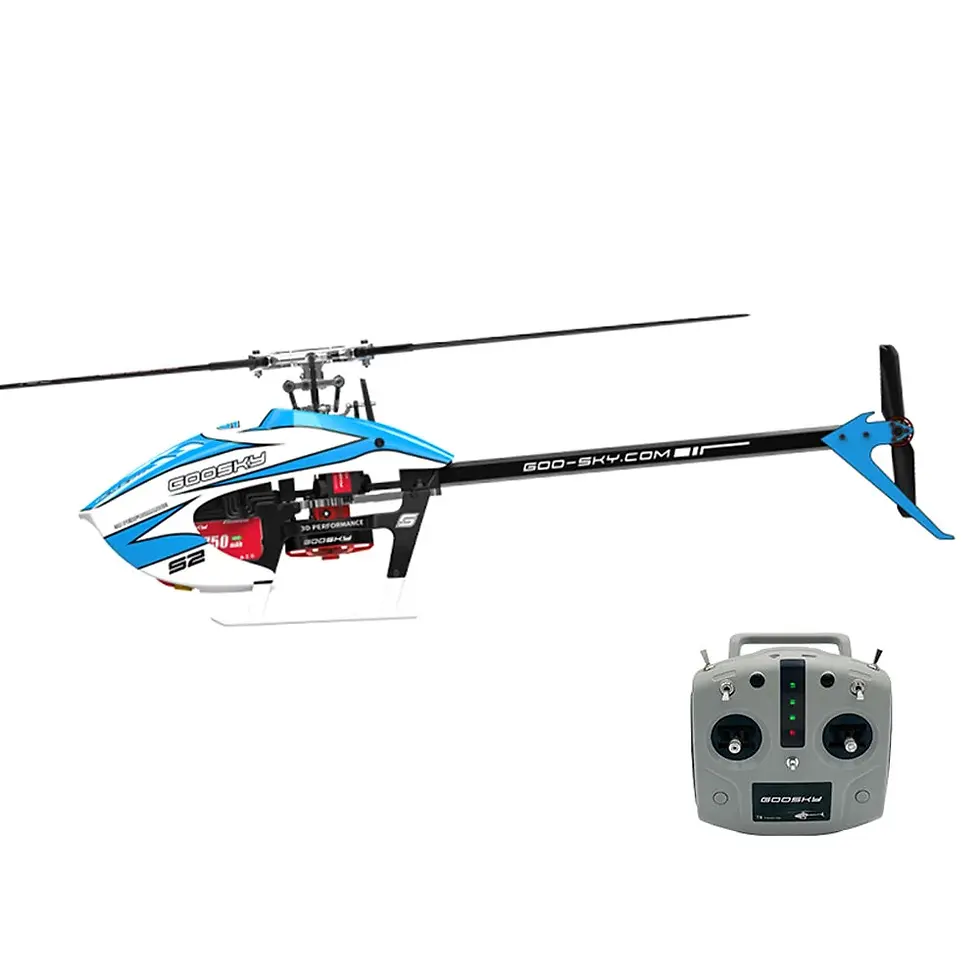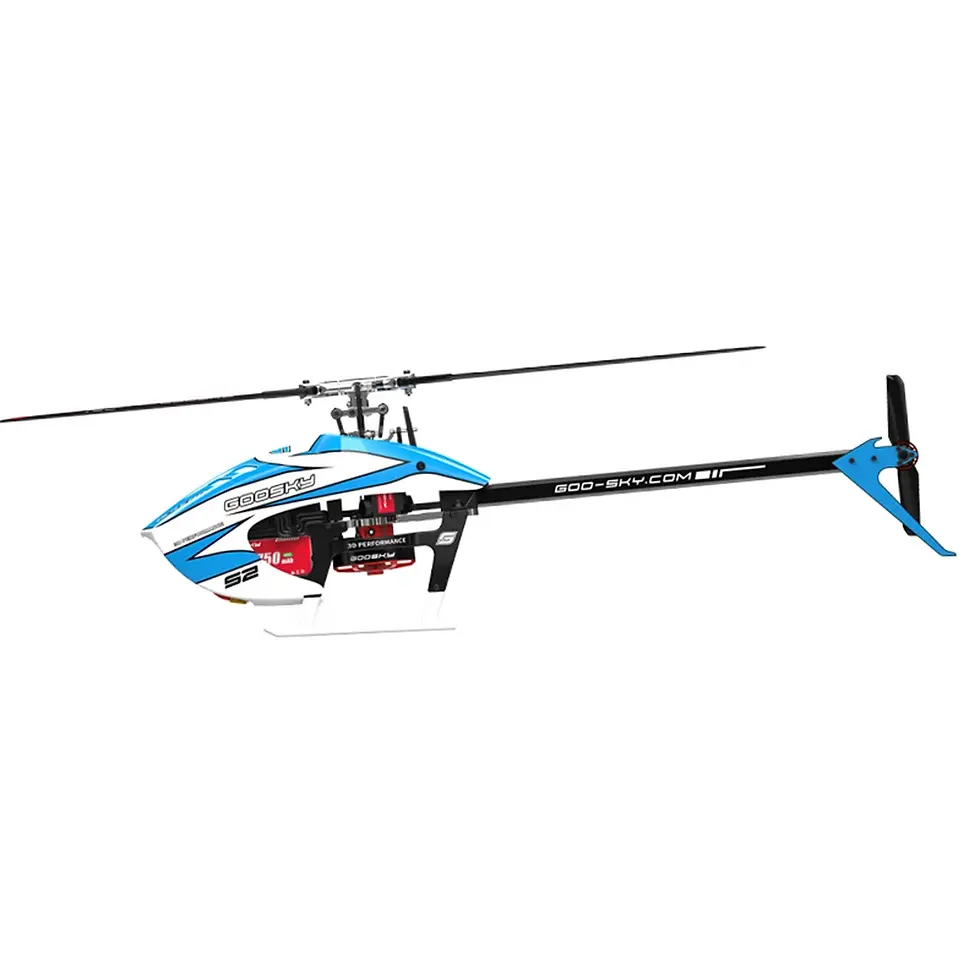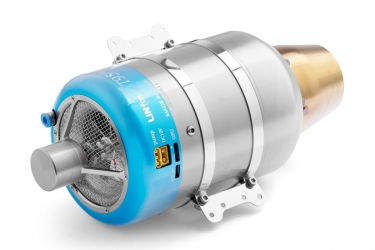Aero-naut Mu13e (Bergfalke 1) rakennussarja
Upea semi-skaala malli tunnetusta purjekoneesta. MU-13e suoritti ensilentonsa 1951. Mu-13e tunnetaan paremmin nimellä Bergfalke 1
Sarjassa laserleikatut osat ja rakennusjigit.
Kärkiväli: 3500mm
Pituus: 1600mm
Lentopaino alkaen: 3900g
The Mü-13e (later called Bergfalke I) was designed and built in 1951, at a time when gliding was banned in post-war Germany. Egon Scheibe constructed the aircraft on the basis of the pre-war design Mü-13 of the Munich Academic Aviation Group. The model with a span of 3.5 meters offers the model maker wood construction and flight pleasure in equal measure. The span enables excellent gliding performance on slopes and in the flat (high take-off, F-tow). Nevertheless, thanks to the split wing and the removable horizontal stabilizer, the model is handy and compact enough to be easily transported. The fuselage is built on a pre-cut Depronhelling, so an absolutely precise assembly is guaranteed. The profile section of the model was specially designed by Dr. Helmut Quabeck developed. The kit contains: All wooden parts (mainly plywood) laser-cut for the construction of the fuselage, wing and planking material as well as for the cockpit canopy, all necessary accessories such as pine strips, hinges, screws etc. and detailed, illustrated assembly instructions. The Depronhelling is also included. The Mü-13e (later called Bergfalke I) was designed and built in 1951, at a time when gliding was banned in post-war Germany. Egon Scheibe constructed the aircraft on the basis of the pre-war design Mü-13 of the Munich Academic Aviation Group. The model with a span of 3.5 meters offers the model maker wood construction and flight pleasure in equal measure. The span enables excellent gliding performance on slopes and in the flat (high take-off, F-tow). Nevertheless, thanks to the split wing and the removable horizontal stabilizer, the model is handy and compact enough to be easily transported. The fuselage is built on a pre-cut Depronhelling, so an absolutely precise assembly is guaranteed. The profile section of the model was specially designed by Dr. Helmut Quabeck developed.
































